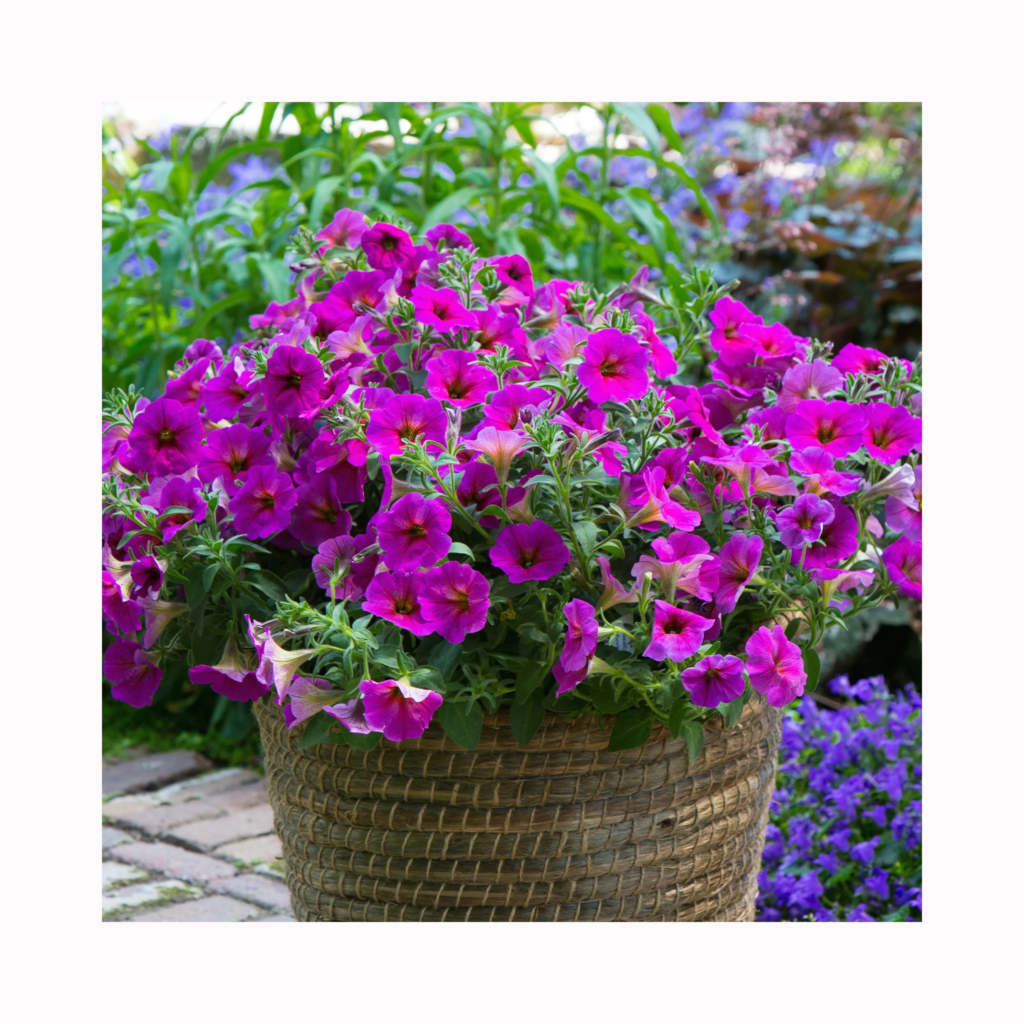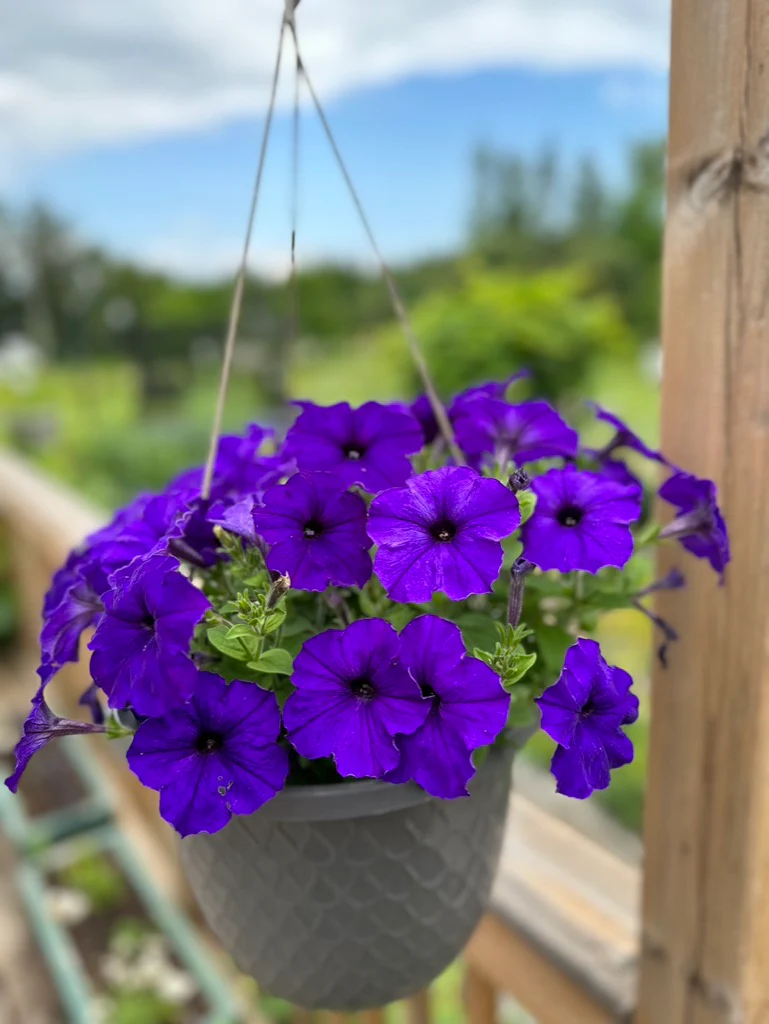Jessica Jacobs
Contributing Writer
Petunias are beloved by gardeners for their vibrant colors, abundant blooms, and versatile growing options. Native to South America and part of the Solanaceae family, these trumpet-shaped flowers come in a stunning array of colors, including pink, purple, red, white, and multi-hued combinations. Whether in gardens, hanging baskets, or planters, petunias can transform any outdoor space into a visual masterpiece.
But how can you ensure your petunias produce their largest, showiest blooms? Follow this step-by-step guide for cultivating healthy, thriving plants that burst with color throughout the growing season.
Why Petunias Are a Gardener’s Favorite
Petunias offer unparalleled beauty and ease of care, making them ideal for gardeners of all experience levels. Their key attributes include:
- Prolific blooming: Petunias deliver a continuous display of flowers from spring to fall.
- Variety of colors and sizes: With options ranging from compact to cascading varieties, they suit any floral design.
- Adaptability: Petunias flourish in containers, hanging baskets, borders, and flower beds, offering endless creative possibilities.

Step-by-Step Guide to Growing the Biggest Petunia Blooms
- Choose the Right Variety
Select petunia varieties known for large, showy flowers, such as grandiflora or cascading types like Surfinia and Wave petunias. - Select an Appropriate Planter
Use a planter with proper drainage holes to prevent waterlogging. Ensure the size accommodates the number of plants without overcrowding. - Use Quality Potting Soil
Opt for lightweight, well-draining potting soil enriched with organic matter. Avoid garden soil, which can compact and hinder drainage. - Start with Healthy Plants
Purchase vibrant, pest-free seedlings from a trusted nursery. Look for lush, green foliage and avoid wilted or spotted leaves. - Plant Carefully
Dig holes in the soil based on recommended spacing for your variety. Gently place each petunia in the hole, firming the soil around its roots. - Provide Full Sunlight
Position your planter in a spot that gets 6-8 hours of direct sunlight daily. Insufficient light can result in leggy growth and fewer blooms. - Water Consistently
Water deeply when the top inch of soil feels dry. Be cautious not to overwater, as petunias are susceptible to root rot. - Fertilize Regularly
Feed your petunias with a balanced, water-soluble fertilizer designed for flowering plants. Stick to the recommended application schedule for optimal results. - Pinch and Prune
Encourage bushier growth by pinching back stems when plants are 4-6 inches tall. This promotes branching and increases bloom production. - Deadhead Faded Flowers
Regularly remove spent blooms to redirect the plant’s energy into creating new flowers rather than seed production. - Monitor for Pests and Diseases
Watch for common pests like aphids or slugs. Treat infestations promptly with organic or chemical controls as needed. - Ensure Good Air Circulation
Avoid overcrowding plants to prevent fungal diseases. If needed, thin out plants or adjust their arrangement to maintain airflow. - Boost with Bloom Fertilizers
Use a phosphorus-rich or bloom booster fertilizer during peak flowering periods to enhance flower production further.
Enjoy Stunning Blooms All Season
By following these simple yet effective steps, you’ll enjoy petunias that thrive and dazzle with their large, colorful blooms. Whether you’re a novice or an experienced gardener, the key to success lies in selecting the right variety, providing proper care, and nurturing your plants throughout the season.
With dedication and attention, your petunias will reward you with a breathtaking floral display that transforms your outdoor space into a vibrant oasis.
